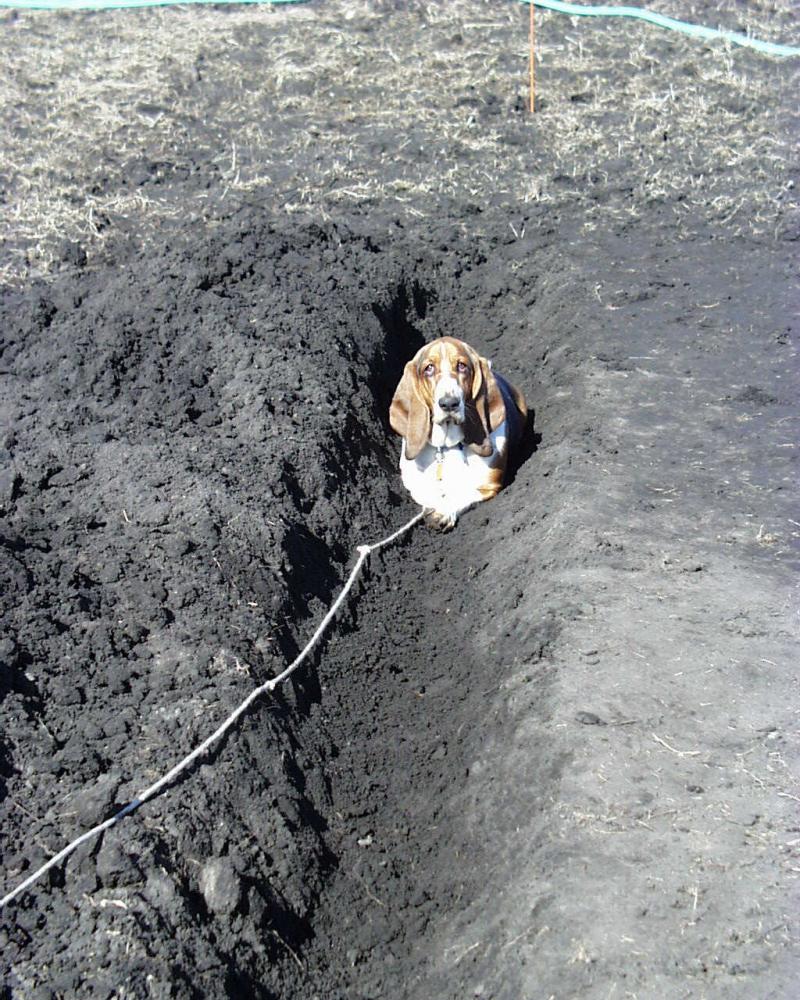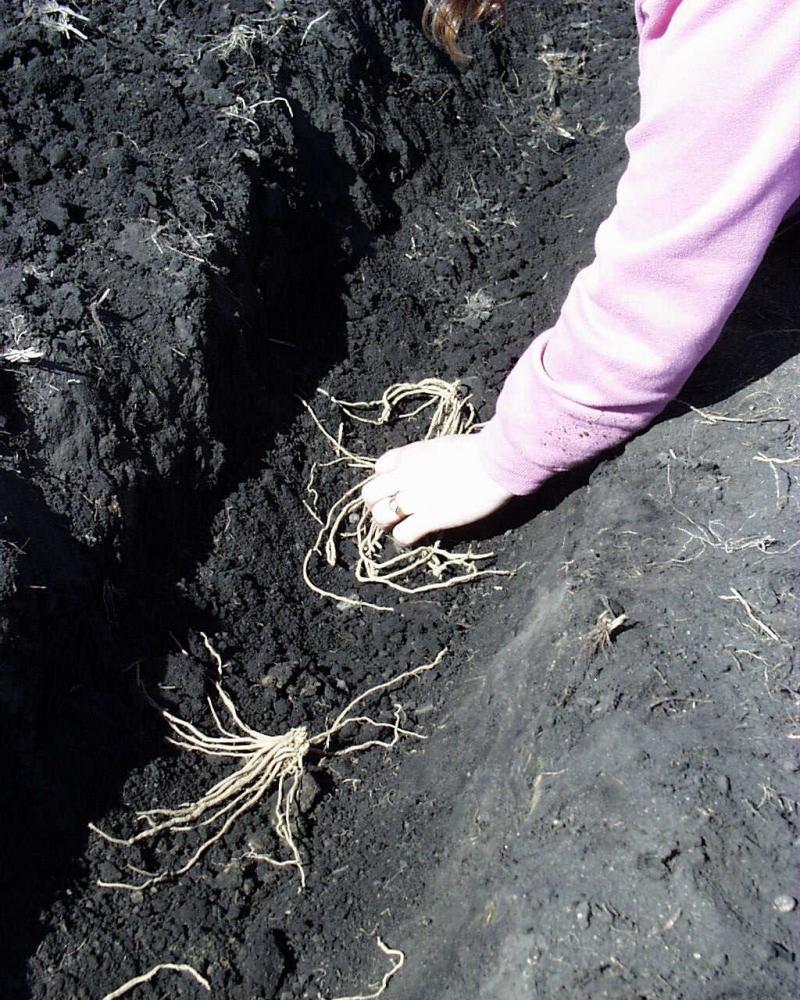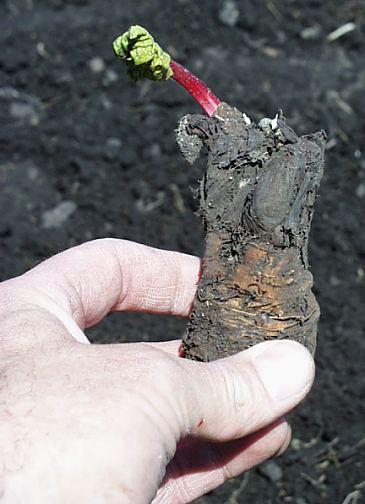After a long winter with no fresh homegrown vegetables, many gardeners really look forward to that first spring harvest of asparagus and rhubarb. These popular vegetables are actually perennials that come back year after year to provide a bounty of delicious and nutritious food for main meals and desserts.
Asparagus

Many asparagus fanciers take to scouring the road ditches and fence lines for these delectable spring shoots, while others chose to establish a patch in their own gardens. The best way to start an asparagus bed is to begin preparation in the fall before the spring you want to plant. First kill off all of the weeds with repeated cultivation or an application of glyphosate herbicide. This can also be done in the spring, but it won’t be as easy to get the tough perennial weeds controlled. Weeds are the biggest problems for asparagus growers, so get them taken care of before you begin. Then, in early spring, order fresh 1-year-old seedling crowns of the variety you want to plant. It is best to always buy seedling crowns rather than to try to dig up plants from a friend or a ditch, they transplant better and you can select an all-male variety, which is usually more productive.

Plant the asparagus by first digging a trench about a foot deep and 8 to 10 inches wide. Place the crowns in the center of the trench about 18 inches apart and cover them with about 3 inches of soil. Small, new shoots will soon begin to grow. As the new shoots develop, you can gradually fill in the trench, adding another inch or two of soil every few weeks, until you have the trench completely filled up. Allow the new shoots to grow all season without harvesting for the first two years. Only cut them back to the ground after they have been killed by a hard freeze in the fall. It’s a good idea to cover the row with a good 3 to 4 inch layer of organic mulch each fall. Shredded leaves and grass clippings work well. The mulch will also help reduce weed growth in the patch. By the third year, the asparagus should be getting pretty well established and should be healthy enough to take a couple harvests of the shoots, but then let them grow up and remain until the end of the season again. In the fourth year, you should be able to harvest for about six weeks, but stop harvesting if you notice that the size of the shoots is getting smaller, down to the size of a pencil.
Rhubarb

Rhubarb is also best planted in the spring in a clean, weed-free area. It needs full sun and well-drained soil. Most people will plant using crown divisions that they purchase from a nursery, but you can also get a division from a friend. Work the soil well before planting. Incorporating some compost or well-rotted manure can also help get your plants off to a good start. Dig a large enough hole to easily accommodate the transplant, covering the buds with a couple inches of soil. Rhubarb can also be planted from seed in the spring, but there are more varieties with the nice, red-colored petioles or stalks available as transplants as opposed to seed. Also, seed-grown plants tend to produce more seed stalks than the vegetatively produced plants.
Once again, it is best to not harvest anything from your rhubarb for the first two years. In year three, you can harvest a few of the stalks, but leave the rest to mature and continue to build up the plants. It is usually best to grasp the leaf stalks close to the ground and give a firm tug to harvest them from the plant. Cut off the large leaf blade and add those to the compost pile, which will leave the edible petiole. If seed stalks develop, cut them off close to the base of the plant. Allowing them to develop will take some energy from the plant, so it is best to remove them.

Weeds are the biggest problem with growing these perennial crops. One can hoe or till right over an established asparagus patch in the spring before the new shoots start to grow; or one can carefully apply glyphosate herbicide to perennial weeds before new shoots emerge in the spring too, but do not get the spray on any asparagus shoots, as this can severely damage the plants. A good layer of mulch and keeping a clean border around the plants is the best way to avoid weed problems. Do not use salt to kill weeds. While this may kill the weeds, it is also damaging to the asparagus.
Both asparagus and rhubarb will benefit from a yearly application of fertilizer after harvest is complete. You can use a typical garden fertilizer like 10-10-10, applying about a cup per every 10 feet of row and scratching this into the soil, or you can use compost or well-rotted manure, applying it an inch or two thick over and around the plants, but be aware that you might be introducing weed seeds to your patch, which will mean more weeding later.


